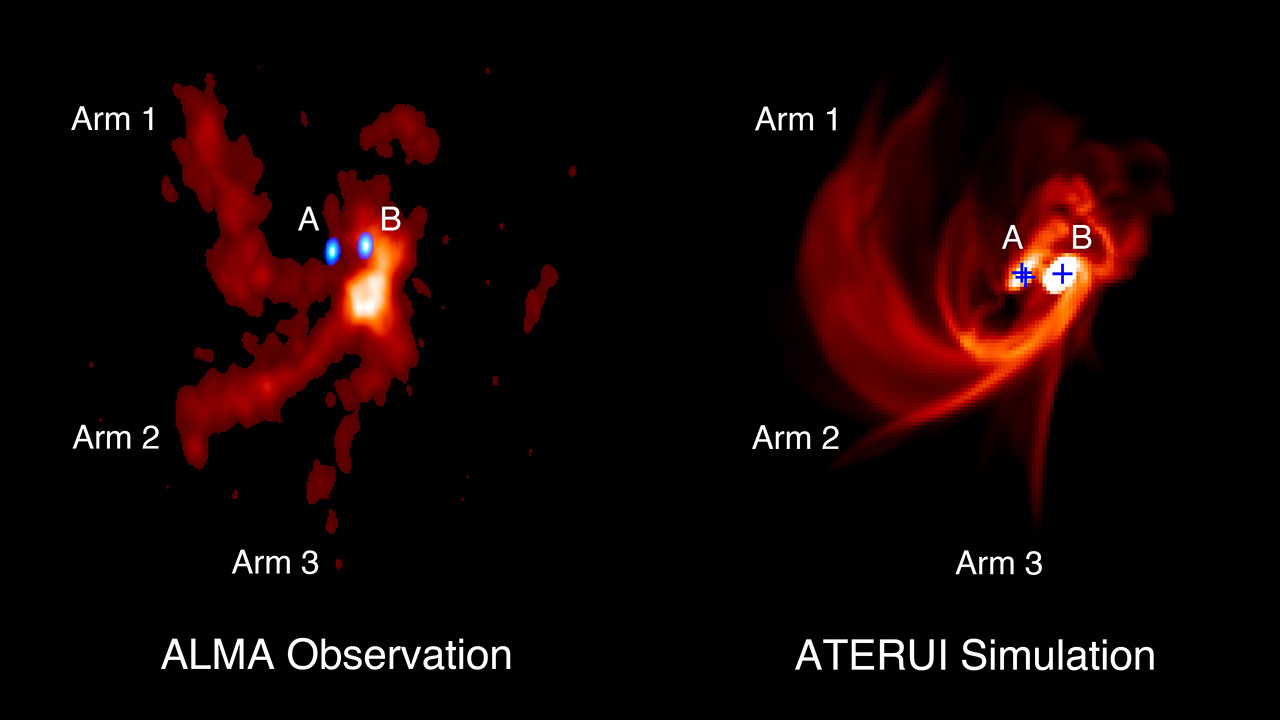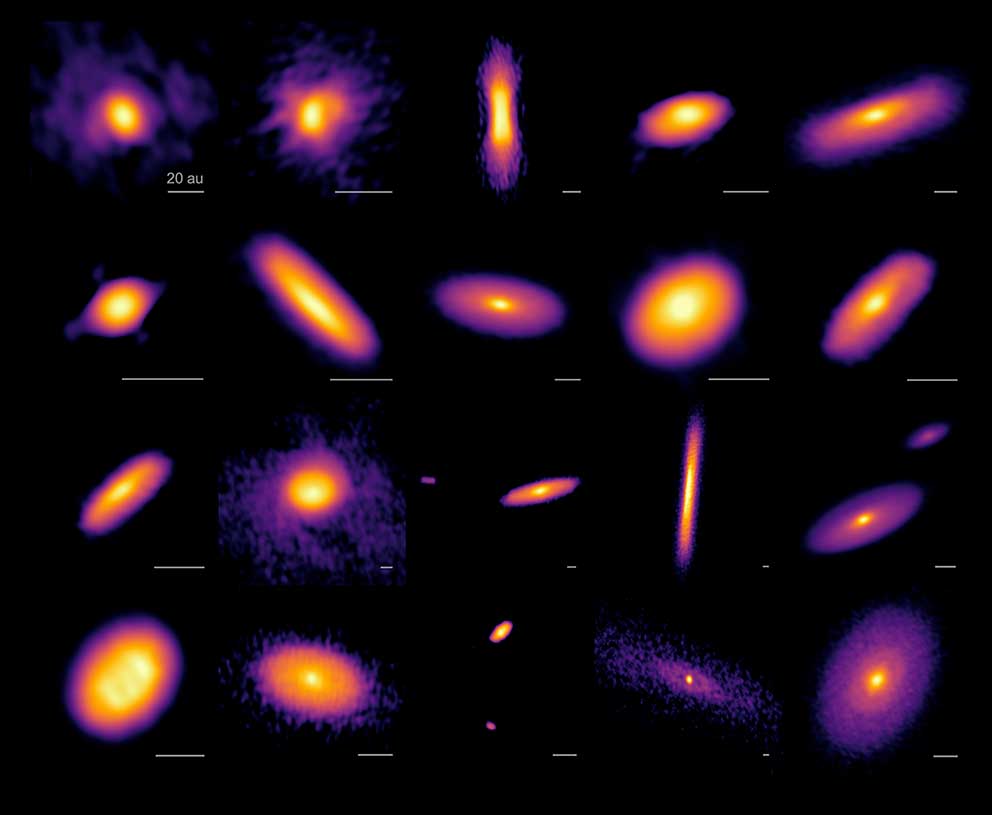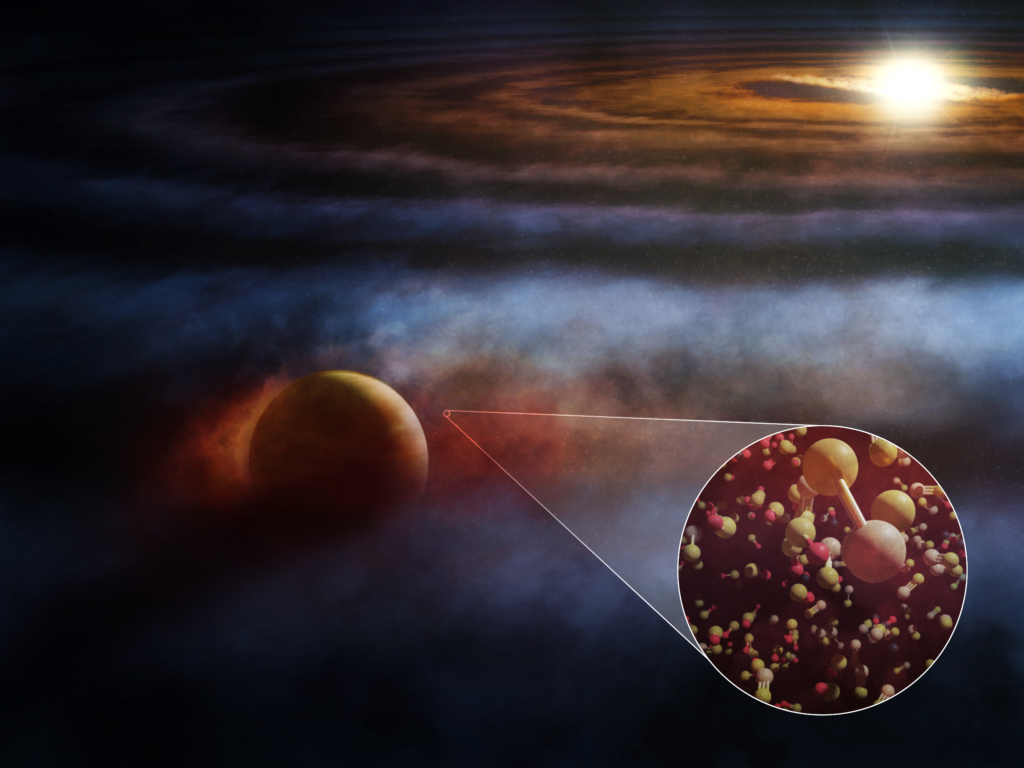
(Image by SHAO)
Recently, the international team ALMA Survey of Orion Planck Galactic Cold Clumps (ALMASOP) led by Prof. Liu Tie from Shanghai Astronomical Observatory (SHAO) of the Chinese Academy of Sciences conducted a high-resolution investigation on 72 dense cores in the Orion Giant Molecular Clouds (GMCs) with the Atacama Large Millimeter/submillimeter Array (ALMA), and discovered a forming quadruple-star system within one core...
Read More









Recent Comments